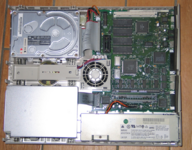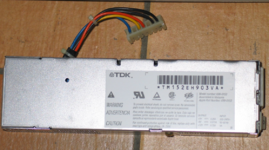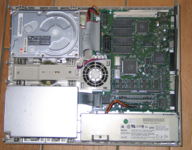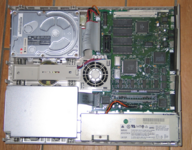CompactManiac
Well-known member
Hi - I've a Macintosh LC and a Performa 475 which I know share some common components.
There was no sign of life when I switched the LC on so I thought it might be an issue with the power supply.
The Performa 475 is working fine so I opened both up and moved the good power supply from the 475 to the LC.
The failing power supply was made by TDK and the working one was by Astec.

The LC is now working which is great so I was wondering wouldit be best to seek out a brand new power supply for the LC or get the old one recapped?
This is the current failing power supply:

There was no sign of life when I switched the LC on so I thought it might be an issue with the power supply.
The Performa 475 is working fine so I opened both up and moved the good power supply from the 475 to the LC.
The failing power supply was made by TDK and the working one was by Astec.

The LC is now working which is great so I was wondering wouldit be best to seek out a brand new power supply for the LC or get the old one recapped?
This is the current failing power supply:



